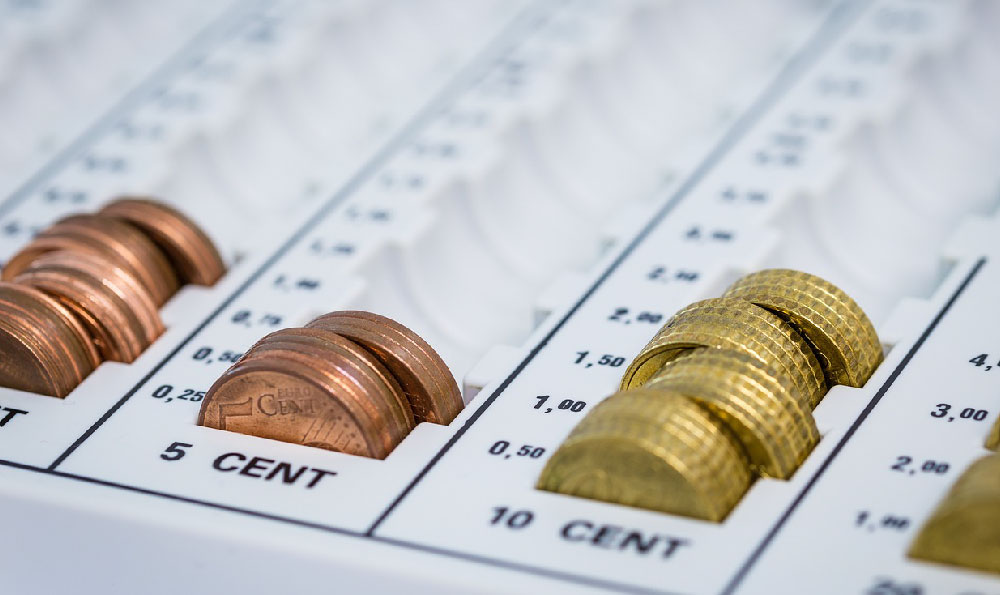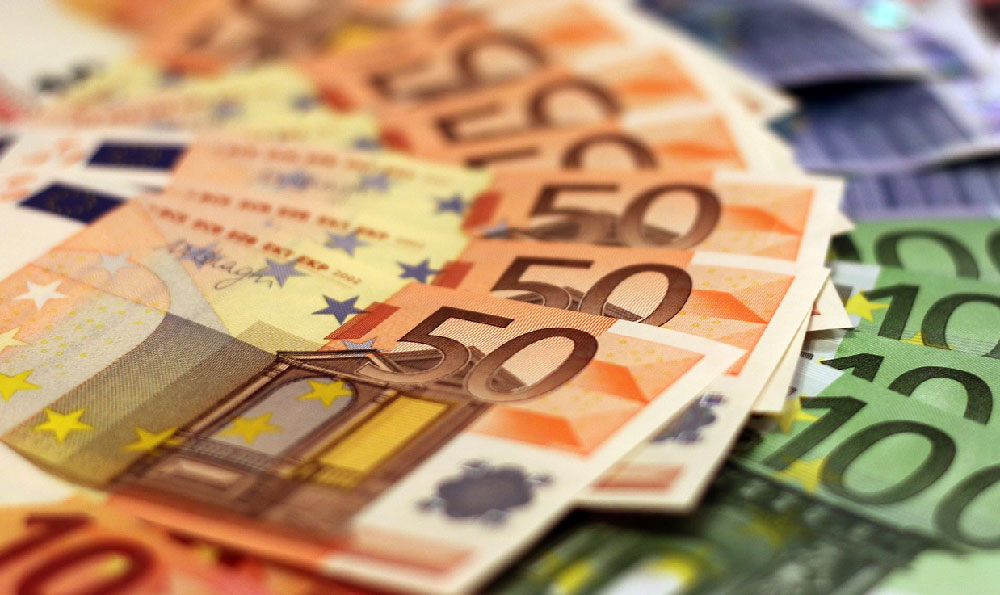Do You Really Earn Money on Spotify? How Much?

Okay, I understand. Here's an article exploring the economics of earning money on Spotify, written in English and exceeding 800 words:
Do you dream of making a living from your music, basking in the glow of millions of streams and a steady income flowing into your bank account? Spotify, the giant of the music streaming world, has undoubtedly democratized music distribution, allowing artists of all sizes to share their work with a global audience. But the reality of earning a substantial income on Spotify is often far more complex, and frequently less lucrative, than the initial allure suggests.
The core of the matter boils down to the per-stream payout. Spotify doesn't publicly disclose a fixed rate. Instead, it operates a complex, opaque system where royalties are distributed based on a formula that takes into account factors like the listener's location, subscription type (premium vs. free), distribution agreements, and even the prevalence of fraudulent streams. The result is a constantly fluctuating per-stream rate that, on average, hovers around $0.003 to $0.005. Yes, that's less than half a cent per stream.

Let's put this into perspective. To earn just $100, you'd need roughly 20,000 to 33,000 streams. To make a full-time minimum wage income in the United States (around $1,200 a month), you would need to generate approximately 240,000 to 400,000 streams every single month. For many emerging artists, achieving these numbers is a herculean task.
The complexities don't end there. Artists rarely receive the full per-stream rate directly. A significant portion goes to record labels, distributors, publishers, and collecting societies. The exact split depends on the artist's contracts and affiliations. For example, an artist signed to a major label might only receive a small fraction of the overall revenue generated by their streams. Independent artists who self-distribute typically receive a larger share, but they also bear the responsibility for marketing, promotion, and other expenses.
Furthermore, the "pro rata" system that Spotify employs can feel unfair to smaller artists. Under this system, Spotify aggregates all subscription revenue and advertising revenue within a given country. They then subtract their operating costs and pay the remaining amount to rights holders, proportionally based on the number of streams their content generated. This means that if Drake or Taylor Swift releases a massive hit, their streams will take a larger slice of the revenue pie, potentially reducing the payout for everyone else.
So, is it even possible to make a decent living on Spotify? The answer is a qualified yes. While relying solely on Spotify streams as your primary source of income is challenging, it can be a valuable component of a broader income strategy. Success on Spotify hinges on several key factors:
-
Building a dedicated fanbase: Streams are important, but dedicated fans who purchase merchandise, attend concerts, and support your Patreon or crowdfunding campaigns are far more valuable in the long run. Cultivating a genuine connection with your audience is crucial.
-
Smart marketing and promotion: Releasing great music is only half the battle. You need to actively promote your work through social media, targeted advertising, music blogs, and collaborations. Building a strong online presence is essential for visibility.
-
Diversifying your income streams: Don't put all your eggs in one basket. Explore other revenue opportunities such as selling merchandise, licensing your music for film and television, offering online music lessons, and playing live gigs.
-
Understanding your contracts: Carefully review your contracts with record labels, distributors, and publishers to ensure you're getting a fair share of the royalties. Consider seeking legal advice if necessary.
-
Focus on playlist placement: Getting your music added to popular Spotify playlists can significantly boost your stream count and visibility. Research relevant playlists and submit your music to curators.
-
Engaging with your Spotify for Artists profile: This tool provides valuable data about your listeners, including demographics, location, and listening habits. Use this information to tailor your marketing efforts.
The dream of instant riches through Spotify streams is often unrealistic. It takes hard work, dedication, and a strategic approach to build a sustainable music career in the digital age. Spotify can be a valuable platform for reaching a global audience and generating some income, but it's important to view it as just one piece of a larger puzzle.
Ultimately, "earning money" on Spotify isn't just about the raw number of streams. It's about leveraging the platform to build a fanbase, expand your reach, and create multiple income streams that support your artistic endeavors. It's a marathon, not a sprint, and requires patience, persistence, and a clear understanding of the music industry's evolving landscape. It's about building a brand, cultivating relationships, and delivering consistent, high-quality music that resonates with your audience. While a few artists achieve staggering success, for most, Spotify earnings are a supplementary income, a stepping stone towards a more comprehensive and sustainable career in music. So, while you can earn money on Spotify, the how much depends entirely on your strategy, your talent, and your dedication to building a lasting connection with your listeners.














